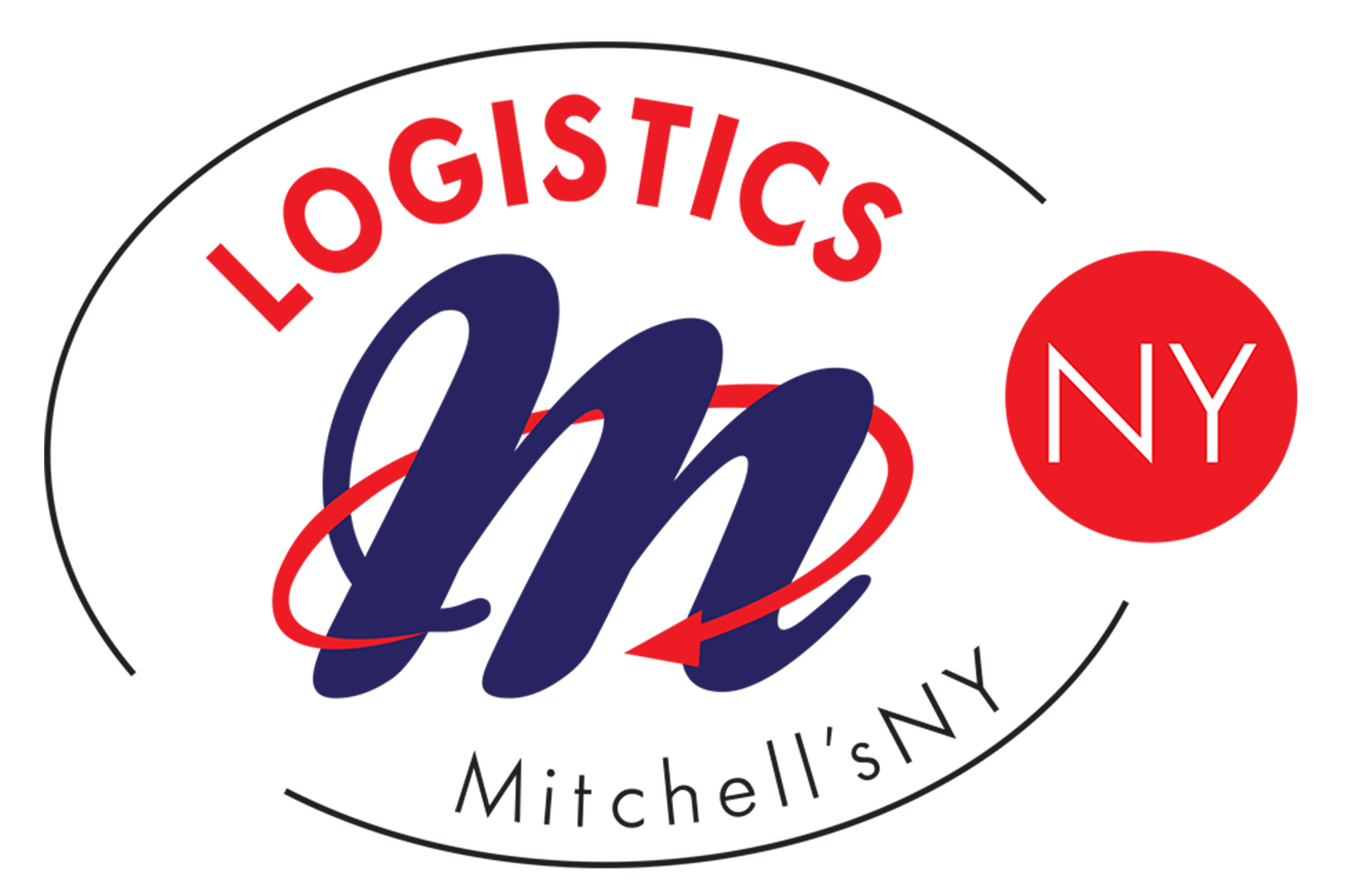The COVID-19 pandemic has placed a huge spotlight on the role of the cold chain in the pharmaceutical industry. When the FDA gave vaccines emergency use authorization in 2021, they required extremely cold temperatures for transportation which caused a great deal of concern. Since that time, the requirements have relaxed somewhat. However, temperature control remains one factor that makes pharmaceutical logistics quite complicated.
Cold-Chain Handling Is Not Just a COVID-19 Vaccine Challenge
The cold pharmaceutical chain is critical in distributing vaccines and many other medications worldwide. Cold chain logistics requires coordinated handling procedures, specific transportation equipment, and a high degree of regulatory compliance. And it’s continuing to grow.
The increased demand for medicines and PPE due to COVID-19 is a crucial factor, of course. But it’s not just the current health crisis driving the market growth.
There is a rising demand for a wide variety of drugs that help combat an increasing number of chronic diseases. There’s also mounting pressure for over-the-counter medicines such as vitamins, minerals, cough and cold drugs, and gastrointestinal and dermatology products.
The Challenges of Transporting Temperature-sensitive Pharmaceuticals
Packaging, monitoring and tracking, and storage are all critical elements within the pharmaceutical distribution process.
Packaging of pharmaceuticals
Maintaining your pharmaceutical products at their restricted temperature is the first challenge. Products must be packed at the recommended temperature. Cold chain packages are designed to keep the temperature constant, not to bring a shipment to the required temperature.
The first consideration in selecting the proper packaging is the product’s desired temperature range. Frozen products should be kept at a temperature of -18°C, while cool products can be maintained between +2°C and +8°C. Choosing the proper packaging depends on the type of transport, transit time, environment, sustainability requirements, and quality.
Reefer trucks are frequently used to transport perishable goods like drugs and can maintain a specific temperature throughout the entire shipping process. These trucks can accommodate large quantities of pharmaceutical goods and maintain exact temperature specifications, ranging from room temperature to freezing regardless of the outside temperature. Drivers can monitor the temperature for both maintenance and recording as they transport the goods.
Monitoring & Tracking
Risks associated with shipping temperature-sensitive materials can be mitigated utilizing a temperature tracking device to monitor the temperature of a delivery throughout shipment. Tracking the temperature of a load must be integrated with a plan for intervention should the drug reach unsafe temperatures; contingency plans that assess whether the company and logistics provider have the appropriate technology and intervention capability are vital to mitigating risks associated with long-distance shipping.
Temperature probes should preferably be positioned in direct contact with the products and, if possible, in multiple locations within the container (top, bottom, middle, and corner). Probes must not be in direct contact with the coolants to prevent false readings.
The use of active protection systems to track the temperature of the product throughout shipment, allowing companies to troubleshoot any issues that may occur, should be encouraged.
Cold Storage of Pharmaceuticals
While storing pharmaceuticals, the warehouse provider must meet the FDA regulatory standards. Product specifications and requirements regarding sensitivity to moisture, air, light, and heat must be fully understood. Often, the best place to store pharmaceutical products is cool and dry.
Premises and storage facilities should be clean, dry, and maintained within acceptable temperature limits. A temperature mapping of the premises must be carried out before use. Temperature monitoring equipment should be placed according to the results of the mapping exercise, ensuring that monitoring devices are positioned in the areas that experience extreme fluctuations. Mapping should be repeated whenever significant modifications to the facility or the temperature-controlling equipment are made.
Standard Operating Procedures should include time intervals the product is allowed to sit in non-temperature controlled areas between picking from the warehouse and final dispatch. It’s essential to consider the product’s condition when pulled from storage for shipment. Using technologies such as cold-carts can limit temperature fluctuations in the time period between the storage and shipment of a product.
Grand View Research, Inc. estimates that the cold chain logistics market will reach $447.5 billion by 2025 and will continue to improve packing, processing, and cold storage procedures. Therefore, it is essential to be up to date with all changing elements, including documentation needs, regulations, etc., and ways to improve your chain, continuously.
Ship Pharmaceuticals Throughout NYC and Beyond with Mitchell’sNY Logistics
So, how can you minimize the risks? A common trend is outsourcing to a third- party logistics provider with more experience and expertise with cold chain logistics. They are more up-to-date with all the regulations and standard practices and have the connections needed for this complex chain.
At Mitchell’s NY Logistics, we have the knowledge and expertise to be a reliable cold chain logistics partner for your pharmaceutical products. Not only can we provide the transportation with our fleet of reefer trucks, we also have cold storage warehouse facilities.
Want to know how Mitchell’s NY Logistics can help you with your pharmaceutical challenges? Contact us today for a free quote to learn more about how we can serve you.




